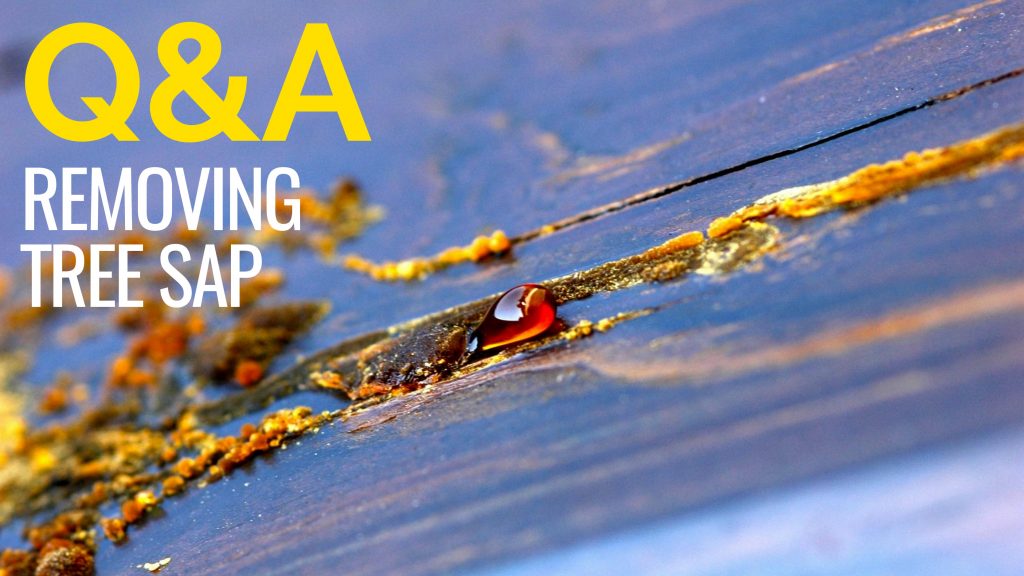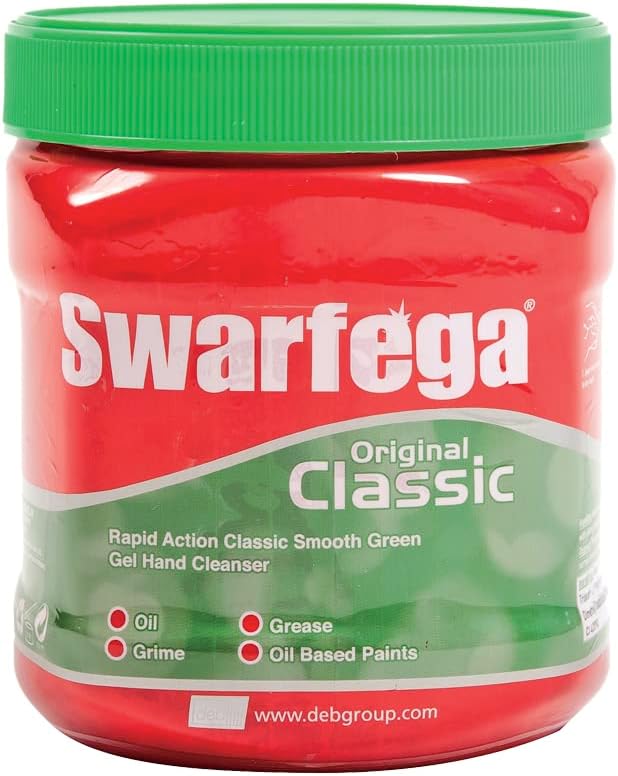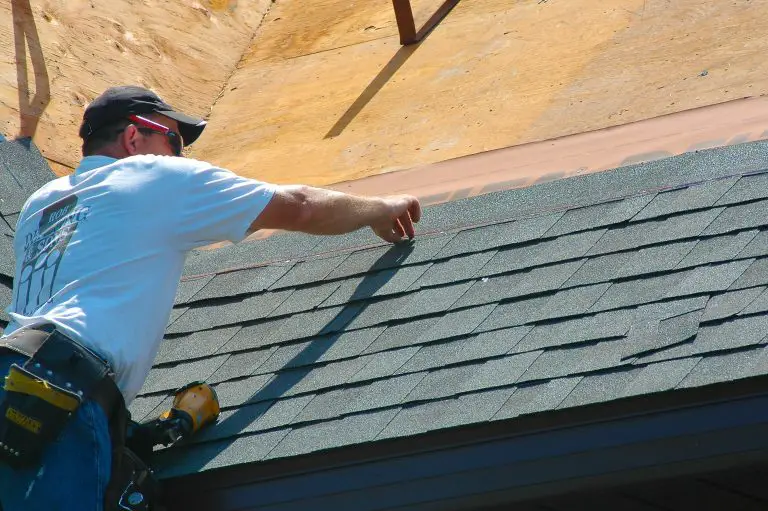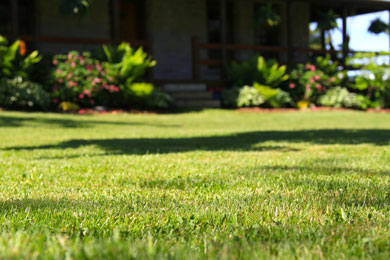
A subscribers asked: “How can I stop sap from oozing out of several new Douglas fir benches I had made? I’m getting sap all over my clothes, so I need to remove sap from cloth, too. Is there something that will take it off the wood rather than smear it around?”
Answer: The good news in all this is that sap-oozing from wood will slow down and stop in time. The problem you’re having is not unusual and there’s only so much sap inside wood from coniferous trees. The bad news is that it could take months or even years for internal sap supplies to run out. I have a couple of 6×6 exterior porch posts, for example, and they’re still oozing sap in places 20+ years after they were new. That’s extreme, so don’t get discouraged. The best you can do until the sap stops is remove it periodically as it surfaces.
The Ideal Solvent
The best solvent I’ve found to remove sap is turpentine. The effectiveness is probably because it’s a solvent made from coniferous trees. You can get turpentine at paint stores. Gunk-removal products such as Goo Gone work well, too. Coniferous sap is also soluble with rubbing alcohol. If you’ve got indoor surfaces to clean, alcohol is probably the best choice. It leaves no lasting smell and evaporates quickly. Alcohol is also a good way to remove sap from cloth.
Regardless of the solvent you use, you’ll also need a putty knife or 4″-wide drywall knife to scrape off the bulk of the sap initially When sap oozes out of wood and stays exposed to the air, it dries and turns into powdery. At least the top layers of sap blobs behave this way. Then this happens, go at the wood gently with a scraper, then clean the area with some solvent on a rag. There’s no coating that will stop sap from oozing in the first place, so you just have to get good at cleaning for a while. I find a 4″-wide drywall knife works well for this initial cleaning.
How to Remove Tree Sap From Clothing
For that tree sap on your clothing, put the items in a freezer for a while. This makes the excess sap hard and brittle enough to break off in little pieces. You won’t get it all this way, but you will remove the bulk of it. Continue by soaking the area with rubbing alcohol, gently scrubbing the spot with a toothbrush, then launder as usual. All traces of the sap spot should disappear with this treatment. I’ve used it successfully here at our place. If you’re dealing with a sensitive fabric, test a small hidden area with the alcohol and toothbrush trick to make sure there is no colour change to the fabric.
How to Remove Tree Sap from Vehicles

If you park under a pine tree regularly (as I do sometimes), you will have drips of sticky sap land on your car. Let it harden and dry was much as possible, then get a bottle of rubbing alcohol and a cloth. Rub a small, inconspicuous area with the alcohol to make sure the paint isn’t affected, then go at the blob if all looks good. I’ve never seen automotive paint that was affected by alcohol, but you might as well be cautious. A small plastic scraper will help remove the bulk of the sap, but I’ve had good results using a razor blade scraper VERY GENTLY. Sounds crazy, but I’ve never hurt the paint using this tool and it works quite well along with the alcohol. I’ve also had excellent results with a hand cleaner called Swarfega. The original green formulation is a gel that stays wet on the autobody surface, softening the hardened tree sap and making it easy to remove.
Tired of having big, old trees dropping leaves, and drips of sap on your cars? It may be time to cut those trees down. The Local Tree Experts are one source of information on how to find a reputable arborist to take down those dangerous trees.
Got sap stains oozing through paint on wood, discolouring the surface? It happens all the time. Click here to learn how you can stop the ugly discolouration.












